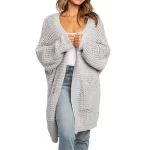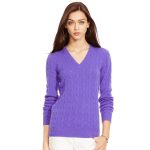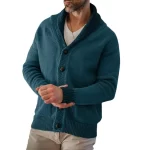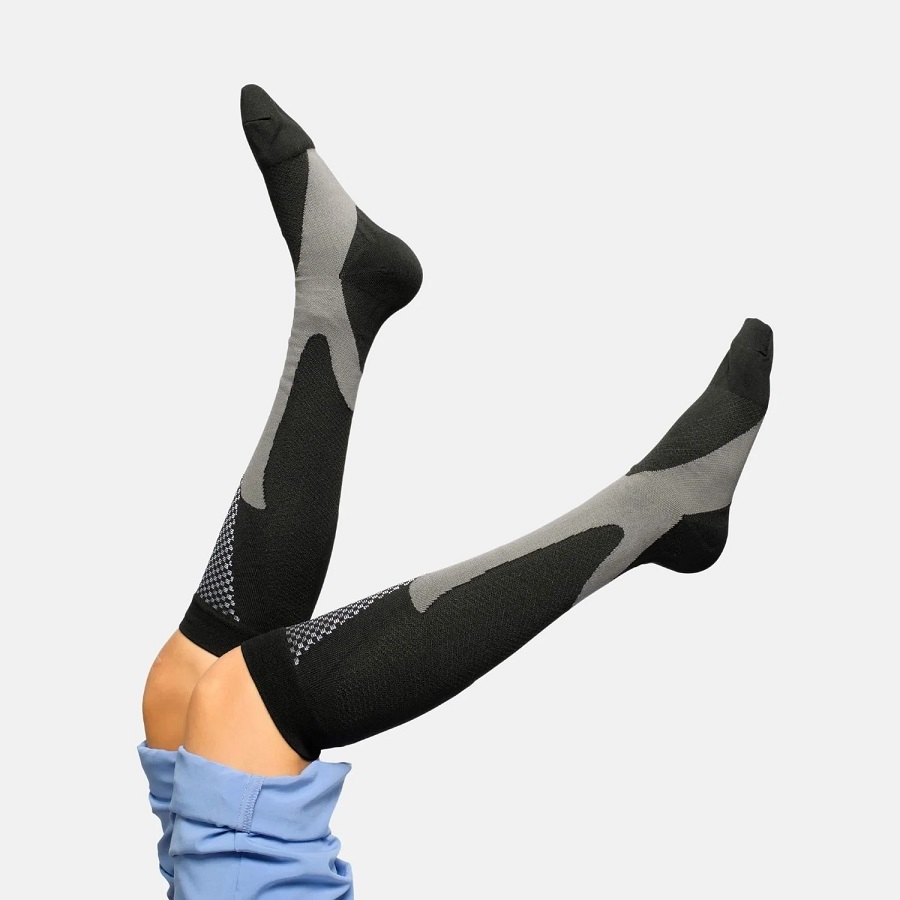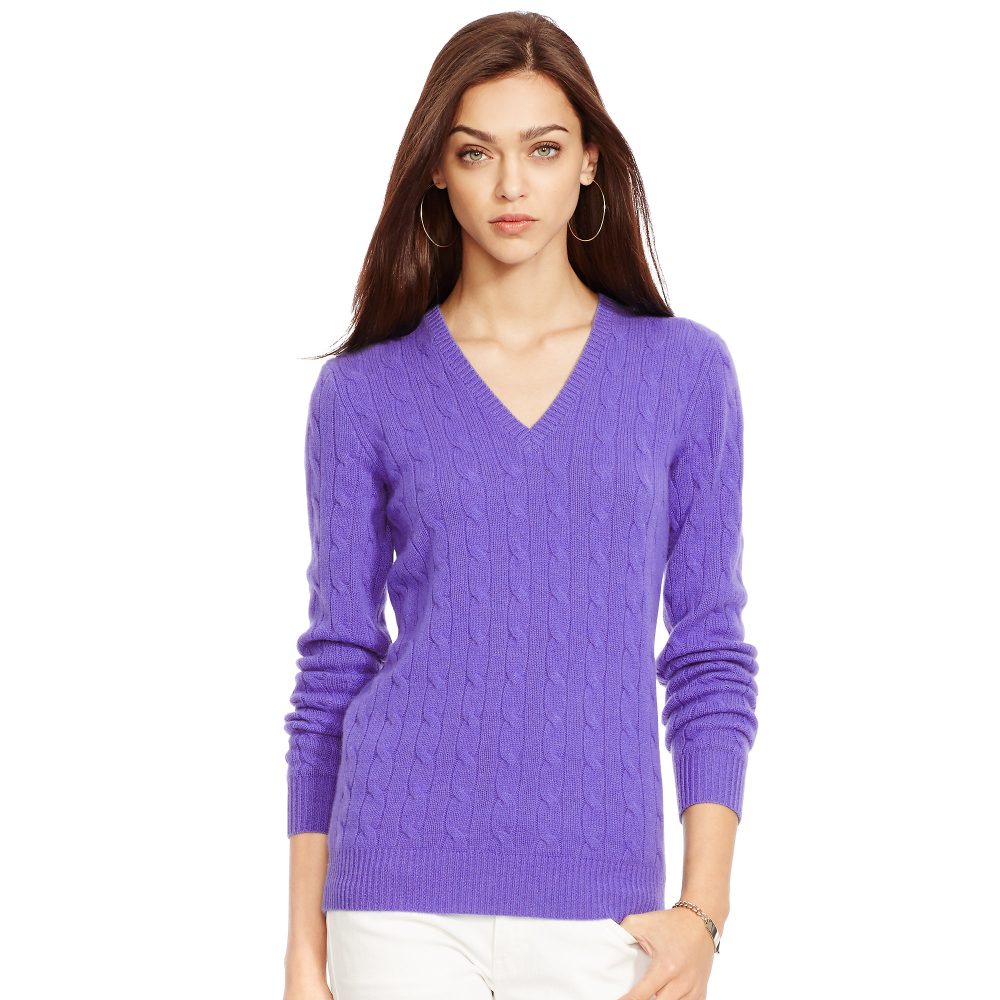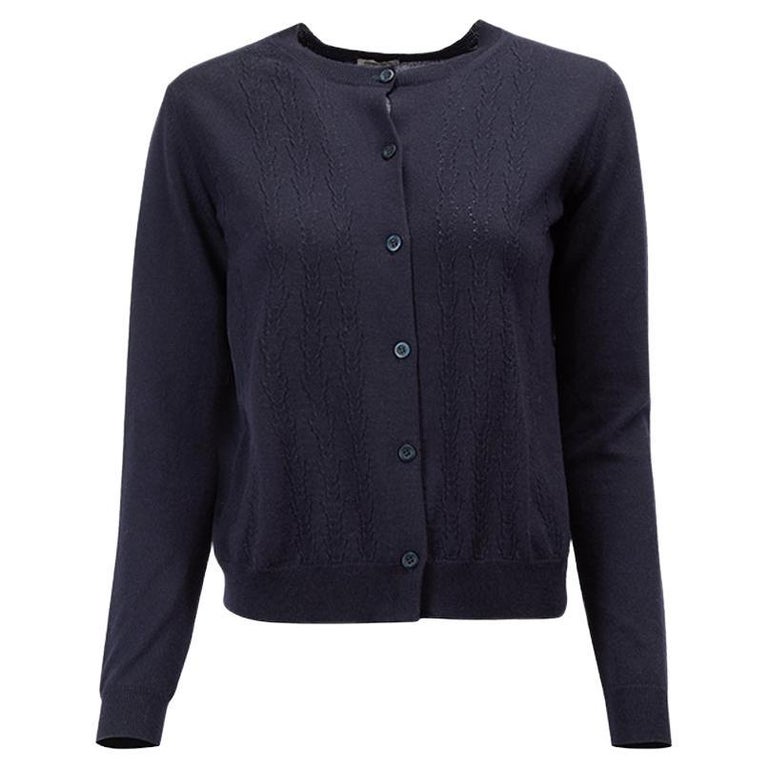Compression socks have gained popularity in recent years for their potential benefits, especially in managing issues related to circulation, swelling, and recovery following exercise. However, while these socks can be beneficial, they also raise important questions about fit and comfort. One of the most common queries is whether compression socks can be too tight. This article delves into the concept of compression socks, why they’re used, the importance of proper fit, and how to ensure you choose the right pair for your needs.
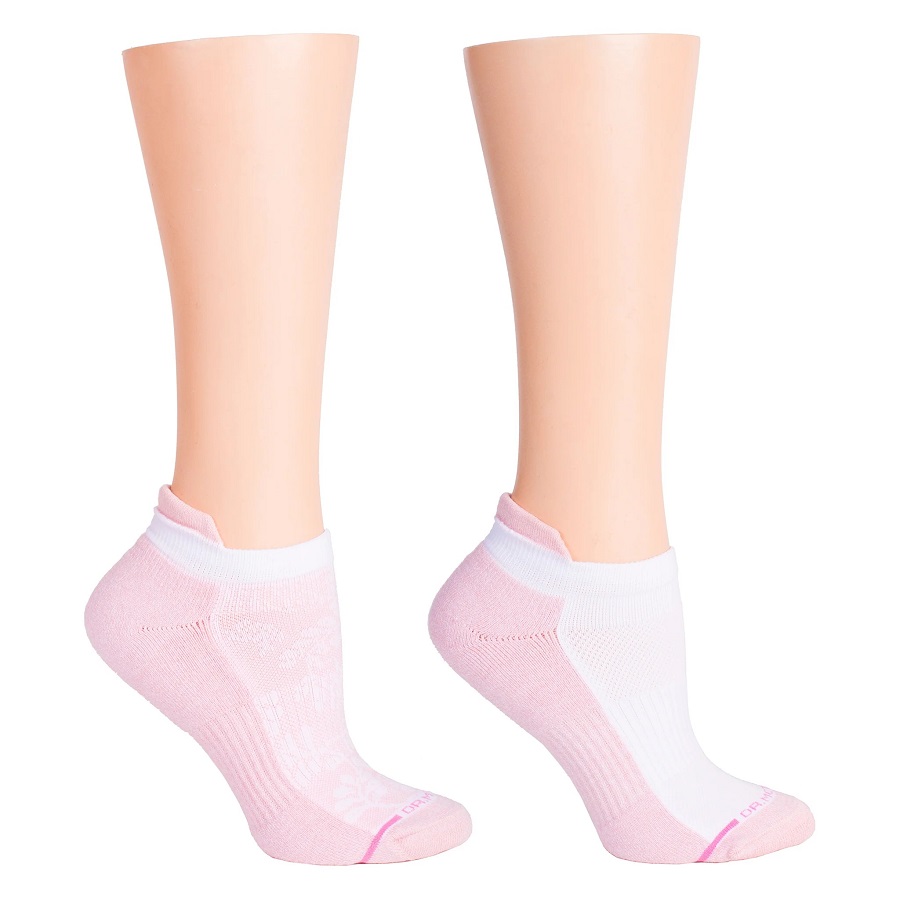
Understanding Compression Socks
What Are Compression Socks?
Compression socks are specially designed hosiery that deliver graduated pressure to the lower limbs. They apply the highest pressure at the ankle and gradually decrease it as they move up the leg. This design is intended to promote blood flow, improve venous return, and reduce swelling.
Types of Compression Socks
Compression sock come in various styles, lengths, and compression levels:
- Knee-high Compression Socks: They extend to just below the knee and are the most common type.
- Thigh-high Compression Socks: These offer support higher up on the leg.
- Pantyhose: Compression pantyhose provide full leg coverage and are suitable for both men and women.
- Graduated Compression: These are specially designed to provide varying levels of compression depending on the location on the leg.
Why Wear Compression Socks?
Medical Benefits
Compression socks are often recommended by healthcare professionals for a variety of medical reasons:
- Improved Circulation: They help blood flow back to the heart and reduce the risk of venous disorders.
- Reduced Swelling: By supporting the veins, they can minimize swelling in the feet and legs.
- Relief from Varicose Veins: Those with varicose veins often find that compression sock alleviate discomfort.
- Post-surgical Use: After surgery, compression sock can help prevent blood clots and facilitate recovery.
Athletic Performance and Recovery
Athletes often turn to compression socks to enhance performance and speed up recovery. Several purported benefits include:
- Increased Oxygen Delivery: They may promote blood flow, which in turn can improve oxygen delivery to working muscles.
- Reduced Muscle Soreness: By minimizing vibrations in the muscles, they can help reduce delayed onset muscle soreness (DOMS).
- Enhanced Recovery: Many athletes wear them after workouts to aid in recovery by improving blood circulation.
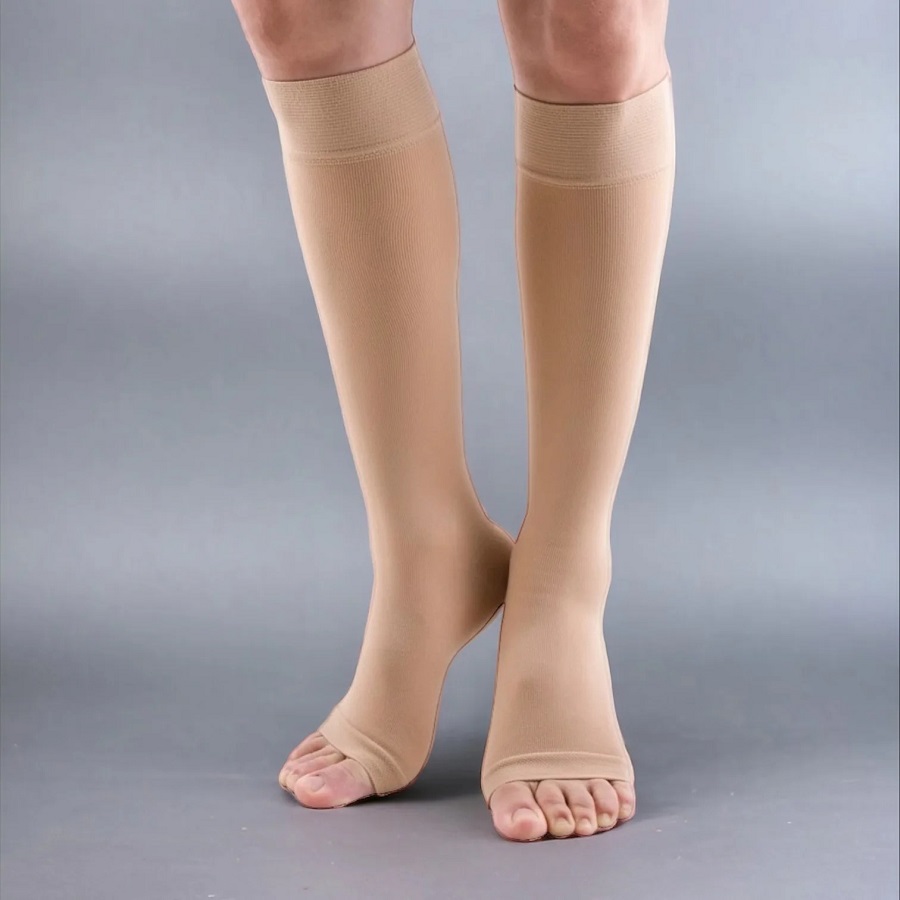
The Importance of Proper Fit
How Compression Is Measured
Compression levels in socks are generally measured in millimeters of mercury (mmHg). Common compression levels include:
- Mild Compression (8-15 mmHg): Suitable for general comfort and minor swelling.
- Moderate Compression (15-20 mmHg): Often recommended for prolonged periods of standing or sitting.
- Firm Compression (20-30 mmHg): Recommended for conditions such as varicose veins or post-surgical recovery.
- Extra-Firm Compression (30-40 mmHg): Used for serious venous disorders and should generally be worn under medical supervision.
Symptoms of Improper Fit
Wearing compression socks that do not fit properly can lead to discomfort and potential health risks. Signs that your socks may be too tight include:
- Numbness or Tingling: If you experience numbness, this may indicate excessive pressure on the nerves.
- Pain or Discomfort: Compression sock should feel snug but not painful; discomfort is a clear sign of improper fit.
- Skin Irritation: Marks, chafing, or abrasions on the skin after removing socks can indicate they were too tight.
- Changes in Color: If there’s significant discoloration in the toes or feet after wearing socks, it could indicate compromised circulation.
Factors to Consider When Choosing Compression Socks
Measurement and Sizing
Before purchasing compression socks, it is important to measure your legs correctly. Key measurements typically include:
- Ankle Circumference: Take this measurement at the narrowest part of your ankle.
- Calf Circumference: Measure at the widest part of your calf.
- Leg Length: Depending on the type of sock (knee-high or thigh-high), measure from the floor to the bend of the knee (or to the top of the thigh).
Fabric and Compression Level
Different fabrics offer varying levels of breathability and compression. Considerations include:
- Material: Most compression socks are made from nylon, spandex, or a blend. Choose a fabric that suits your activity level and comfort preferences.
- Compression Level: Select compression based on your specific needs, whether they are athletic recovery or medical advice.
Purpose of Use
The intended purpose of the compression socks should also guide your purchasing decision. Are you looking for support during long flights, alleviating swelling during pregnancy, or enhancing athletic performance? Choose accordingly.
Can Compression Socks Be Too Tight?
Understanding Pressure Dynamics
Compression socks are designed to exert pressure; however, excessive compression can cause problems. It’s essential to understand:
- Increased Pressure: Too much pressure can lead to decreased blood flow, counteracting the intended benefits.
- Pinching and Binding: Compression sock that are too tight may pinch the skin or create unsupported areas, leading to discomfort.
Finding a Balance
The key is to find a balance where the socks provide the necessary support without compromising comfort or circulation. Signs that indicate a good fit include:
- Feeling snug, but not uncomfortably tight.
- No visible indentations on the skin after wear.
- Gradual decrease in tightness moving up from the ankle.
Tips for Ensuring the Right Fit
Trying Before Buying
Whenever possible, try on compression socks before purchasing, especially if ordering online. Walk around in them to gauge comfort.
Follow Manufacturer Guidelines
Always refer to the manufacturer’s sizing guide. Sizes may vary between brands, so it’s important to check specific measurements.
Consult a Doctor or Specialist
If unsure about sizing or compression level, speaking with a healthcare provider can provide valuable guidance tailored to individual health conditions.
Gradually Increase Wear Time
If new to compression socks, incrementally increase the amount of time you wear them. Start with short periods and gradually extend as your body acclimates to the pressure.
Maintaining Compression Socks
Washing and Care
Proper care extends the life of your compression sock and maintains their effectiveness. Follow these tips:
- Follow Washing Instructions: Most socks can be machine washed but check for specific care recommendations.
- Avoid Fabric Softeners: These can break down elastic fibers.
- Air Dry: Air drying helps maintain elasticity; avoid high heat drying.
Understanding the Signs of a Proper Fit
When selecting compression socks, understanding the signs of a proper fit is crucial for both comfort and effectiveness. Here are some key indicators that your socks fit correctly:
Comfortable Snugness
A well-fitted compression sock should feel snug but not overly tight. You should experience firm support around your ankle and calf without any sharp pressure points. If the socks feel constricting to the point of discomfort, they may be too tight, warranting a size adjustment.
Elasticity and Stretch
Compression socks are designed to stretch and return to their original shape after being worn. A good quality pair will conform to the contours of your legs without losing elasticity over time. If you notice that the socks don’t return to their original shape after washing or wear, they may not be the right fit or may have deteriorated.
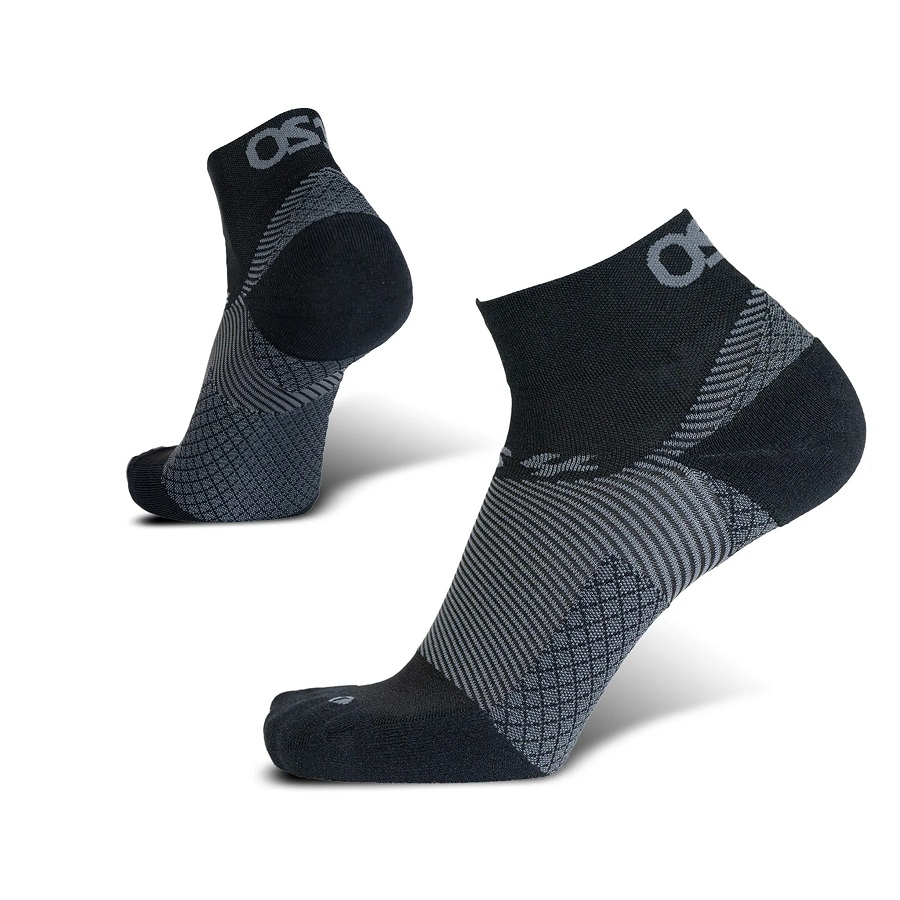
Conclusion
Compression socks can indeed be a valuable tool for improving circulation, reducing swelling, and promoting recovery. However, understanding whether they are too tight is crucial to maximizing their effectiveness while ensuring comfort and safety. Proper measurement, informed choices about type and compression level, and regular monitoring of fit can help to achieve a supportive, comfortable experience. Always remember, if in doubt, consult with a medical professional to find the right fit for your specific needs. In doing so, you can reap the maximum benefits of compression socks while avoiding the discomfort of improper fit.

